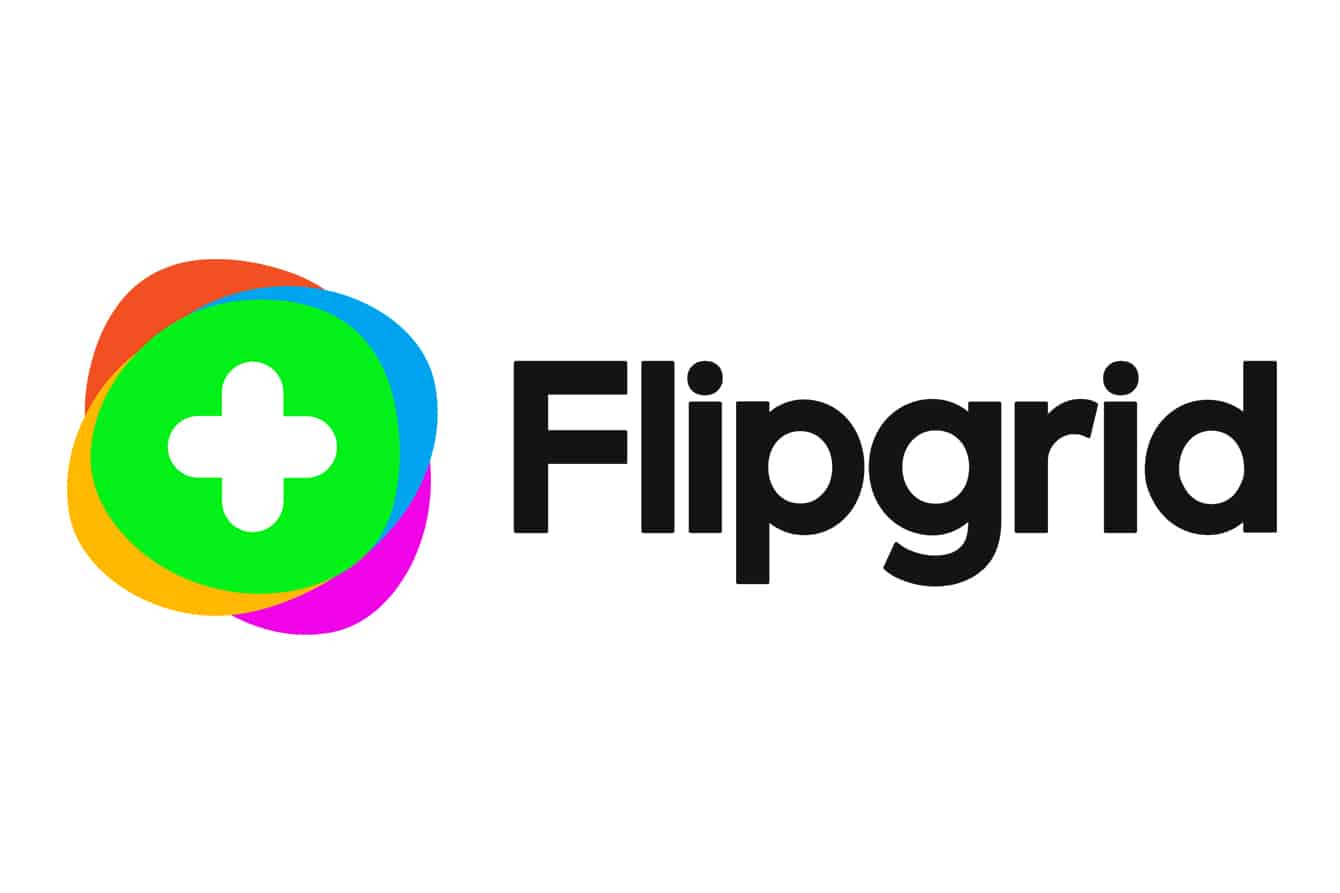TOP 5 tools to give constructive feedback for students
In the dynamic landscape of education, providing constructive feedback for students is crucial for their growth and development. Fortunately, educators have access to various tools that can streamline the feedback process and enhance its effectiveness. In this guide, we’ll explore the top five tools designed to give constructive feedback for students, empowering educators to support their students’ learning journey effectively.
USE GROW MODEL TO GIVE FEEDBACKS FOR STUDENTS

One effective framework/model for giving feedback for students is the “G.R.O.W. model” which stands for Goals, Reality, Options, and Will. Here’s how it works:
- Goals (G): Begin by identifying the specific goals or objectives that the student is working towards. Clearly articulate what the student is aiming to achieve, whether it’s mastering a concept, improving a skill, or reaching a particular outcome.
- Reality (R): Provide feedback on the student’s current performance or progress in relation to their goals. This involves objectively assessing where the student currently stands and acknowledging their strengths and areas for improvement. Use specific examples and evidence to support your feedback.
- Options (O): Collaborate with the student to explore potential strategies or options for closing the gap between their current performance and their goals. Encourage the student to brainstorm different approaches, techniques, or resources that they can utilize to improve. Offer guidance and suggestions as needed, but also empower the student to take ownership of their learning process.
- Will (W): Finally, help the student develop a plan of action and commit to specific steps or actions they will take to achieve their goals. Encourage the student to set SMART (Specific, Measurable, Achievable, Relevant, Time-bound) goals and establish a timeline for implementation. Offer support, encouragement, and accountability to ensure follow-through.
This model provides a structured framework for giving feedback for students that is focused, constructive, and action-oriented. By aligning feedback with the student’s goals, providing an honest assessment of their current reality, exploring potential options for improvement, and empowering them to take ownership of their learning journey, educators can effectively support student growth and development.
See also:
TOP 5 EFFECTIVE TOOLS TO GIVE FEEDBACK FOR STUDENTS
Google Classroom – NO.1 tools to give feedback for students:
- Features: Google Classroom offers a built-in feedback feature that allows teachers to provide comments, annotations, and grades directly on student assignments. Teachers can provide feedback in various formats, including text comments, audio recordings, and rubric-based assessments.
- How It Works: Teachers can access student assignments within Google Classroom, review them, and provide feedback using the available tools. They can annotate student work, leave comments, attach additional resources, and assign grades. Students receive notifications when feedback is provided and can view and respond to it within Google Classroom.

Microsoft OneNote – NO.2 tools to give feedbacks for students:
- Features: OneNote is a digital note-taking platform that enables teachers to provide feedback to students using digital ink, text comments, and audio recordings. Teachers can annotate student work directly within OneNote and provide detailed feedback on assignments, projects, and class notes.
- How It Works: Teachers can create notebooks or sections within OneNote for each class or subject. They can share assignments with students, who can then complete them within OneNote. Teachers can review student work, provide feedback using digital ink or text comments, and share the annotated documents with students for their review.

Turnitin – NO.3 tools to give feedback for students:
- Features: Turnitin is a plagiarism detection and feedback tool used in academic settings. It allows teachers to provide feedback on student writing assignments, including comments, suggestions, and rubric-based evaluations. Turnitin also provides plagiarism detection features to help educators ensure academic integrity.
- How It Works: Teachers can create assignments within the Turnitin platform and set submission deadlines. Students submit their work electronically, and Turnitin checks it against a database of academic sources to detect plagiarism. Teachers can review student submissions, provide feedback using text comments or rubrics, and access plagiarism reports to verify originality.

Seesaw – NO.4 tools to give feedback for students:
- Features: Seesaw is a digital portfolio platform designed for K-12 classrooms. Teachers can provide feedback to students on their work, including photos, videos, drawings, and written assignments. Students can also reflect on their learning and respond to feedback from teachers.
- How It Works: Teachers can create classes within Seesaw and invite students to join. Students can upload their work to their digital portfolios, and teachers can review and provide feedback on student submissions. Teachers can leave comments, annotations, and voice recordings to provide personalized feedback to students.

Flipgrid – NO.5 tools to give feedbacks for students:
- Features: Flipgrid is a video discussion platform that allows teachers to create video-based assignments and provide feedback to students through video responses. Teachers can record video feedback to provide personalized encouragement, coaching, and guidance to students.
- How It Works: Teachers create “grids” for their classes within Flipgrid and post video prompts or assignments. Students respond to the prompts by recording short video responses. Teachers can view student responses, provide video feedback, and facilitate peer discussions within the platform.

Tips to give constructive feedback for students
- Be Specific: Provide specific feedback for students that is focused on the task or assignment at hand. Avoid vague or general comments and instead highlight specific areas where the student has excelled or areas for improvement.
- Focus on the Behavior, Not the Person: When providing feedback, focus on the student’s actions or performance rather than their personal attributes. Use language that is objective and non-judgmental, focusing on what the student did well and how they can improve.
- Use the Feedback Sandwich Approach: Start with positive feedback to acknowledge the student’s strengths or accomplishments. Then, provide constructive feedback on areas for improvement. Finally, end with encouragement or suggestions for how the student can address the feedback constructively.
- Be Timely: Provide feedback in a timely manner, ideally soon after the student completes the task or assignment. Timely feedback allows students to reflect on their performance and make adjustments while the information is still fresh in their minds.
- Offer Specific Suggestions for Improvement: Instead of just pointing out areas of weakness, offer specific suggestions or strategies for how the student can improve. Provide examples, resources, or additional support to help the student address the feedback effectively.
- Encourage Reflection and Self-Assessment: Encourage students to reflect on their own work and assess their strengths and areas for growth. Ask questions that prompt students to think critically about their performance and how they can improve in the future.
- Use a Growth Mindset Approach: Emphasize the idea of growth mindset, which suggests that abilities can be developed through effort and perseverance. Encourage students to see feedback as an opportunity for learning and growth rather than as a judgment of their abilities.
